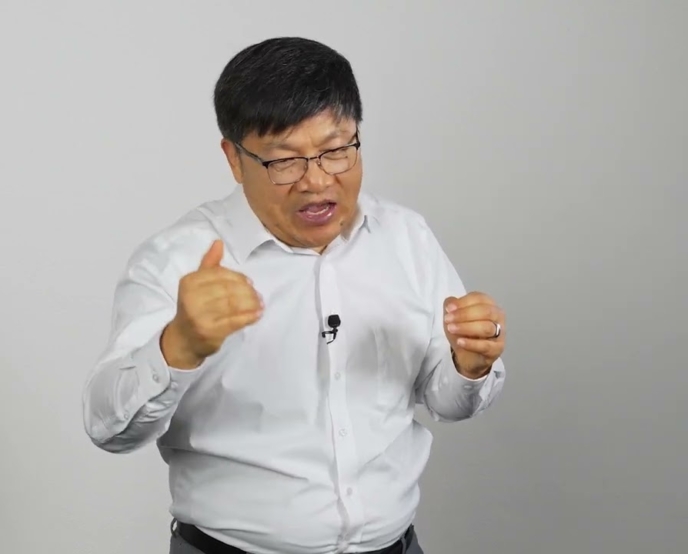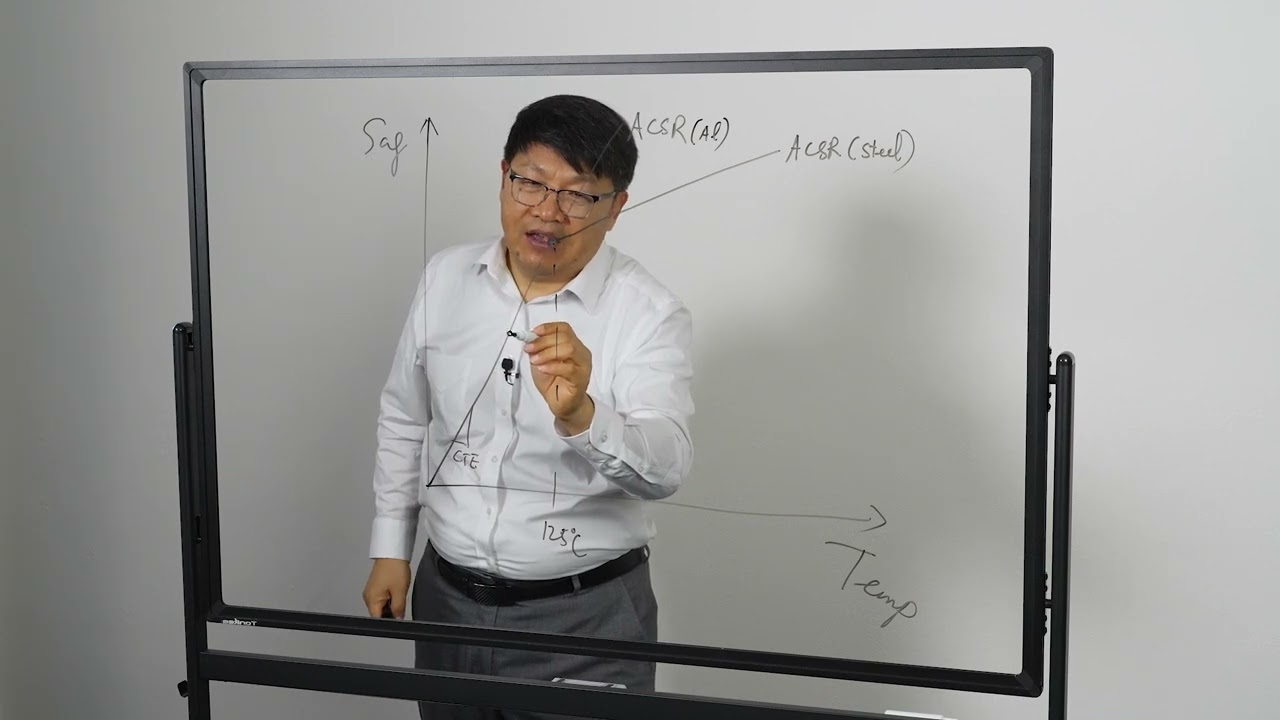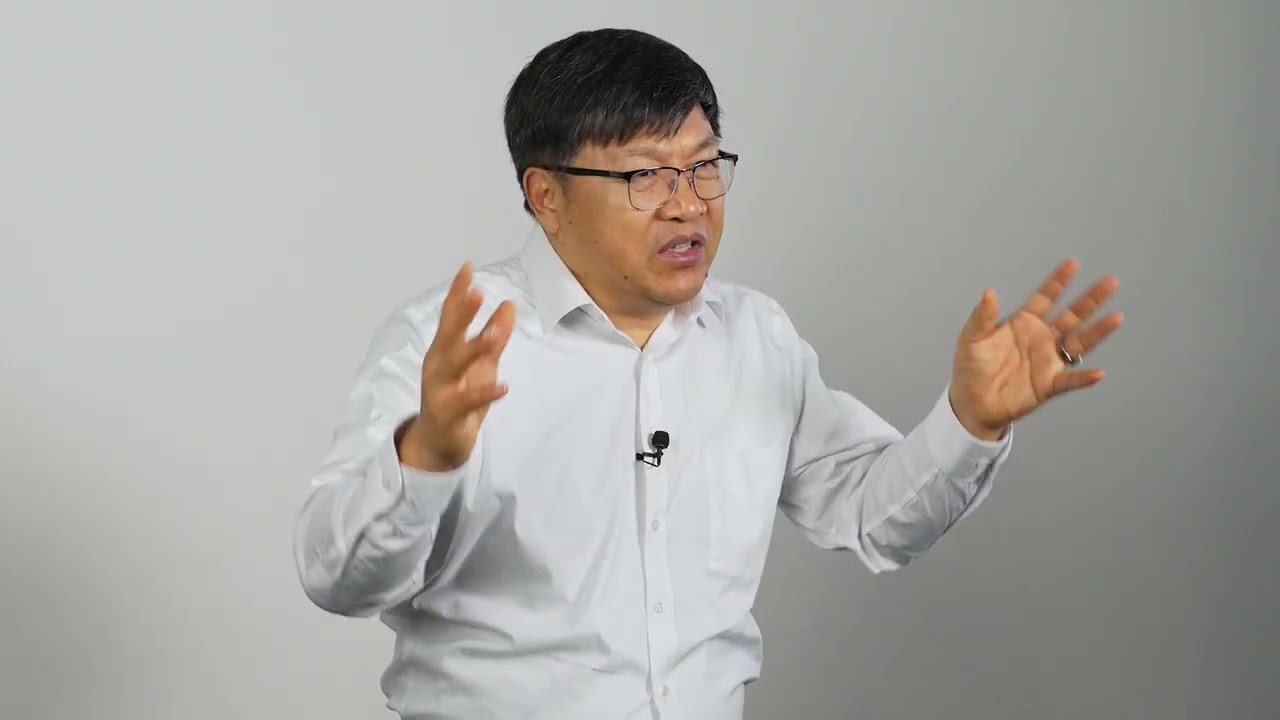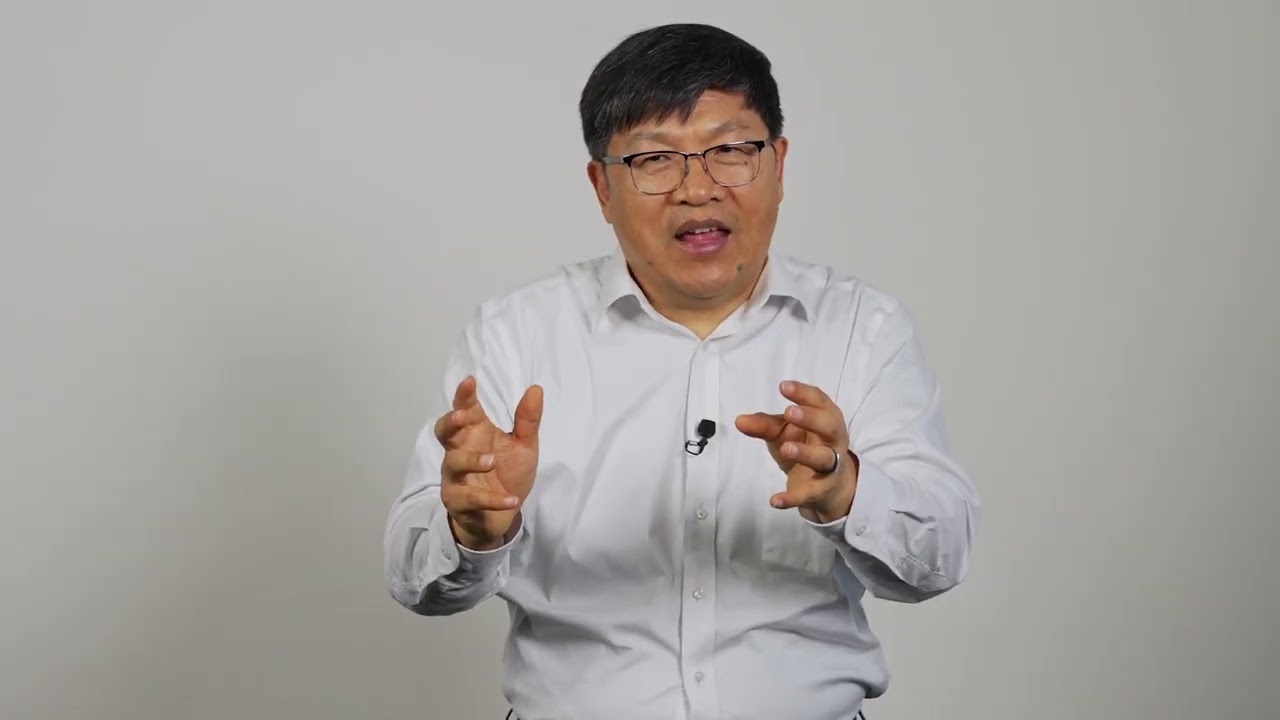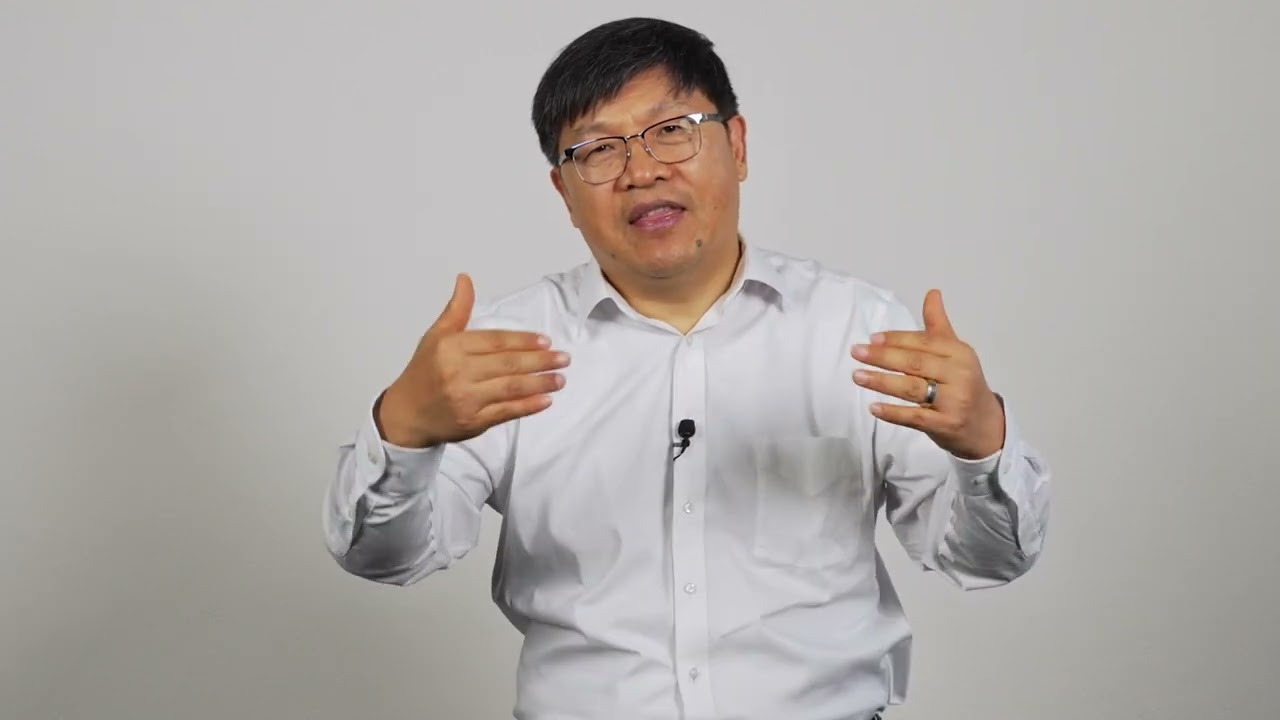A common misconception about composite core conductors is that they are inherently rigid and unbendable, particularly when encapsulated in aluminum. The reality is quite different. TS Conductor’s innovative design actually enables superior flexibility while maintaining structural integrity through a unique pre-tensioning approach.
Technical Principles of Bending
To understand conductor bending performance, we need to examine the fundamental physics involved. When any conductor bends, it experiences both tensile (stretching) and compressive (squeezing) forces. The upper layer (convex surface) experiences tension while the lower layer (concave surface) in bending experiences compression, with equal magnitude but opposite directions.
In unidirectional composites like those used in conductor cores, there’s an important asymmetry between tensile and compressive strength. While these materials exhibit exceptional strength under tension (fiber-dominated property), their compression strength is typically only 60-70% of their tensile strength (matrix-dominated property). This means that under bending, compression failure will occur before tensile failure—making compression the limiting factor.
Installation Considerations
The most critical period for conductor bending occurs during installation, when the conductor may not be under tension. Without tension to offset compressive forces, sharp bends or small radiuses can potentially damage traditional composite conductors. This vulnerability explains why first-generation advanced conductors require perfect adherence to installation procedures.
TS Conductor solves this fundamental challenge through pre-tensioning. By building protective tension into the core during manufacturing, we provide inherent protection against compression failure—even when the conductor isn’t under external tension during installation. This built-in safeguard makes our conductor significantly more forgiving during installation.
The TS Advantage
Our pre-tensioned design allows TS Conductor to handle more extreme bending conditions than first generation advanced conductors. Rather than experiencing sudden failure at sharp bends, it exhibits graceful bending behavior while preserving core integrity. In fact, the minimum bending radius of our conductor is typically determined by the need to prevent birdcaging of the annealed aluminum strands rather than any limitation of the composite core. This combination of flexibility and durability represents a fundamental shift in composite conductor design—moving from products that require perfect handling to a solution that’s inherently protected against real-world installation conditions.
